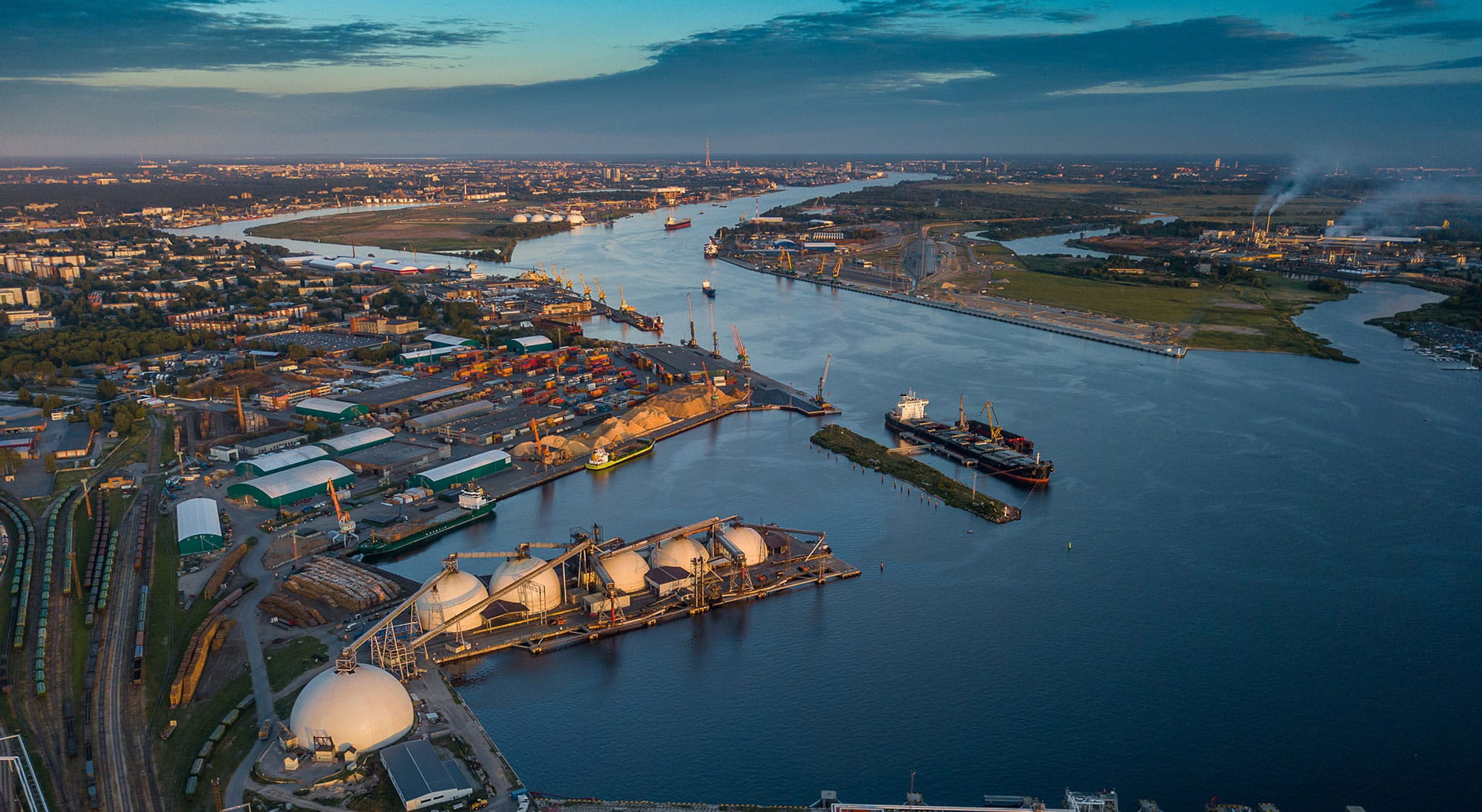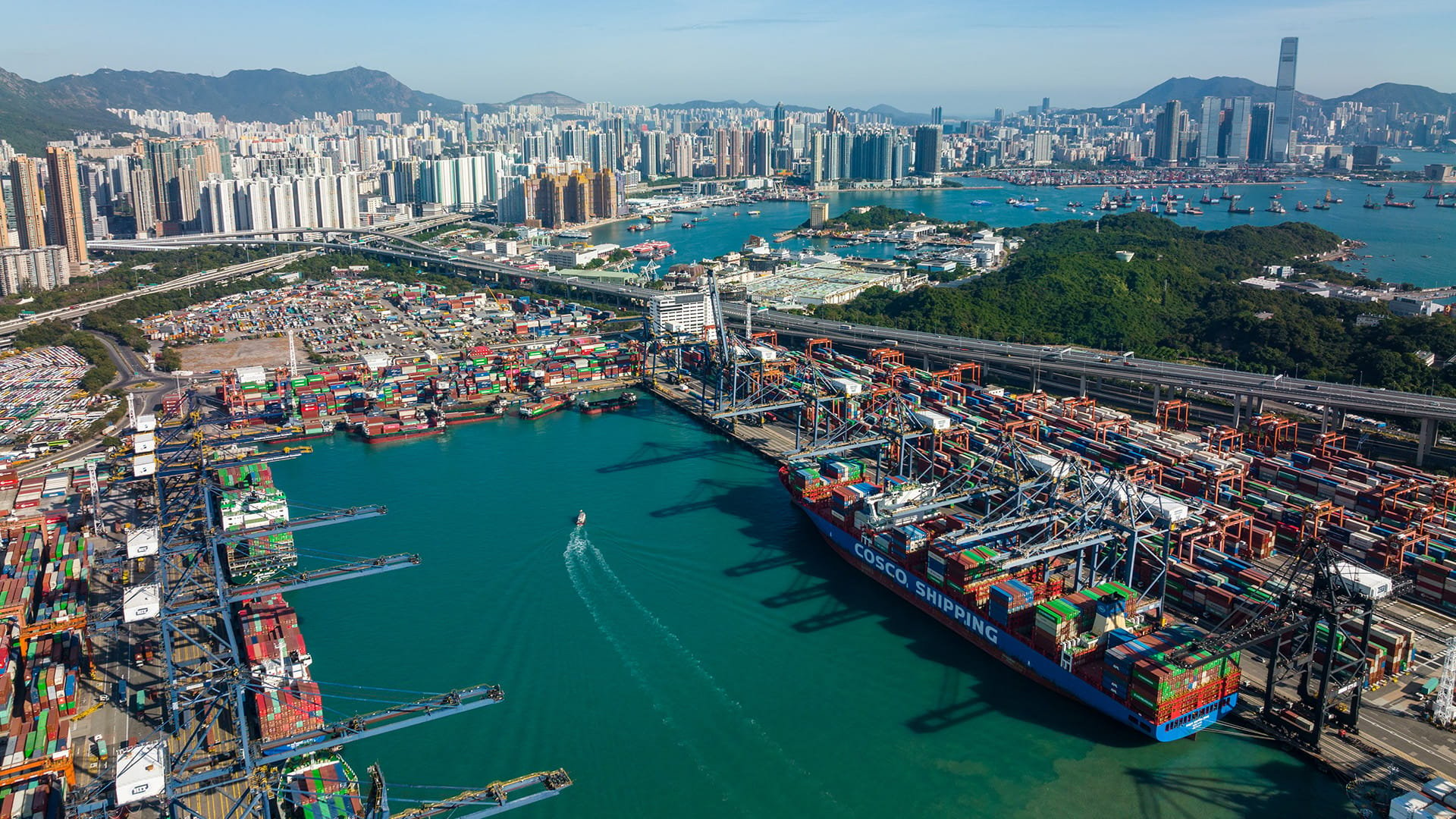A feasible green shipping corridor for the Irish Sea

Now signed by 27 nations, COP26’s Clydebank Declaration set out an ambitious plan to help the maritime sector achieve net zero by 2050. The declaration also made a pivotal commitment to establish six green shipping corridors by 2026.
Cleaner vessels and shoreside technologies will enable these zero-emission maritime routes. However, given the scale of the infrastructure required, delivering each corridor will also require a clear vision, technical expertise, stakeholder engagement, pilot projects, and close collaboration.
A report prepared in partnership with Connected Places Catapult now reveals our progress towards the UK's green shipping corridor between Liverpool and Belfast.
Selecting the right team to deliver a green shipping corridor
At 130 nautical miles, the sea route between Belfast in Northern Ireland and Liverpool in north-east England is relatively short. However, it’s one of the busiest routes across the Irish Sea, so it’s of vital economic importance – and an ideal candidate for this UK's green shipping corridor.
Royal HaskoningDHV has extensive experience delivering green port initiatives and decarbonising maritime activities. We’ve also worked with Connected Places Catapult on stakeholder engagement for sustainable, integrated passenger, tourist, and freight services around Liverpool.
This expertise in sustainable technology and stakeholder engagement made us an ideal choice to help evaluate the maritime connection between Liverpool and Belfast.
Identifying key sustainable technology initiatives
While a green shipping corridor includes all activities between one port’s entry gate and the other's exit gate, shipping is typically responsible for the highest greenhouse gas and air pollutant emissions.
So, we began the project by focusing on the following key questions:
- What are the energy requirements of the route’s shipping operations?
- What power and propulsion solutions will support decarbonisation?
- What infrastructure changes are needed to provide them?
Our assessment considered all the power demands of freight and passenger vessels – both berthed and at sea – as well as the technical considerations of switching to alternative fuels such as e-methanol.
Building an ecosystem ready for change
Technical solutions alone aren't enough for a project of this scale – all parties have to be on board and pulling in the same direction.
Recognising that, we explored how to connect diverse stakeholders, such as the UK Government, shipping companies, port operators, energy network operators, and local communities.
In particular, our study explored four organisational changes that will support innovation:
- Place leadership
- Skills and resources
- Policies and regulations
- Investment sources
We also explored how a stakeholder ecosystem that embraces change can provide a framework for technology investments and key ways government leaders can reduce barriers to adaptation.
Designing pilot projects to unite stakeholders
Pilot projects are a vital way to demonstrate the transition between technical feasibility and benefits to stakeholders.
So, our study explored a range of potential projects to increase engagement among asset owners, operators, investors, and the government in the green shipping corridor project.
Of the 29 projects we assessed for viability, feasibility, and stakeholder desirability, four priority pilot projects emerged:
- Design an incentivised commercial model for shore power investment
- Assess shore power implementation for Stena Line passenger services
- Deliver an Irish Sea energy simulation model for electricity or alternative fuel demand
- Trial production of e-methanol and methanol diesel blends as marine fuel
Each of these projects will provide valuable insights, but together, they will deliver a great leap forward for the Irish Sea green shipping corridor.
Read the full report for all the insights from our partners
These highlights only cover a few aspects of the Irish Sea green shipping corridor project so far. Whichever aspect of maritime decarbonisation initiatives you’re most interested in, you’ll get deeper insights in the full report.
The detailed report is an output of Innovate UK’s Pulse programme and was prepared by Connected Places Catapult with the help of Royal HaskoningDHV, Liverpool John Moores University, the University of Liverpool, Queens University Belfast, and Mersey Maritime.
Decarbonising maritime





